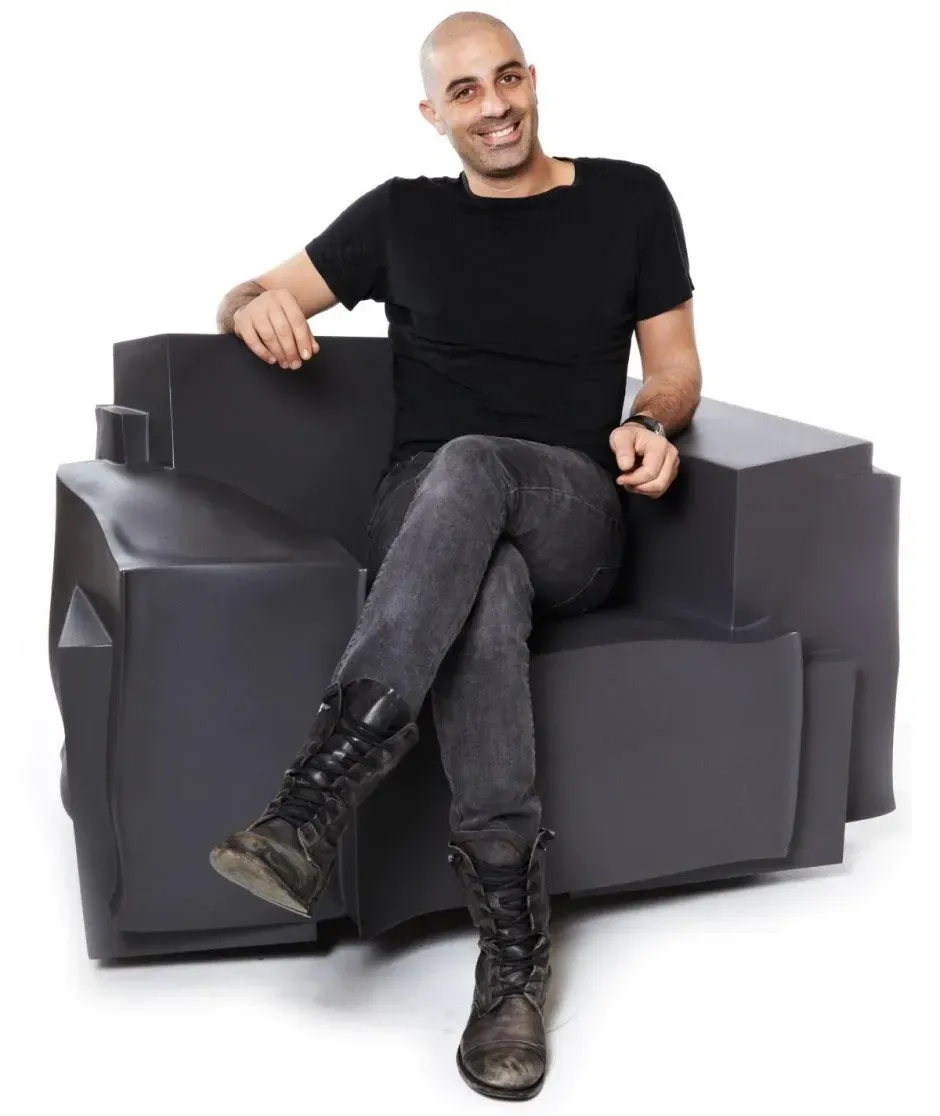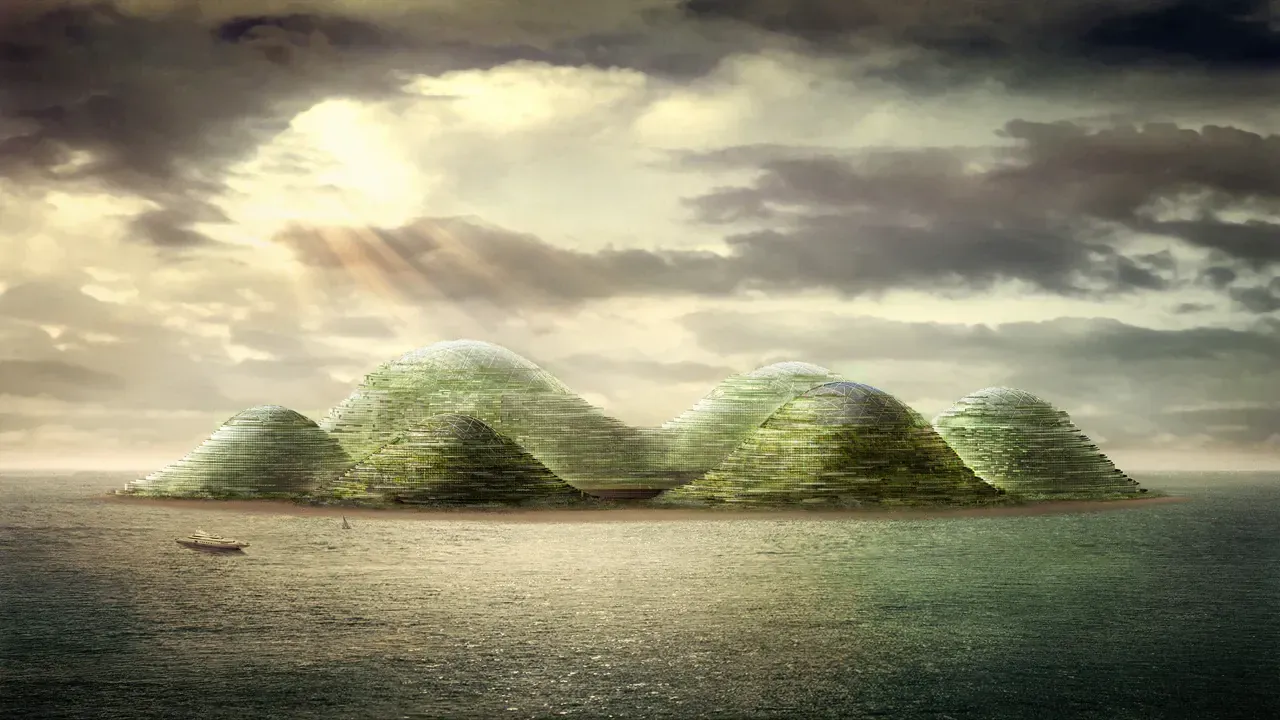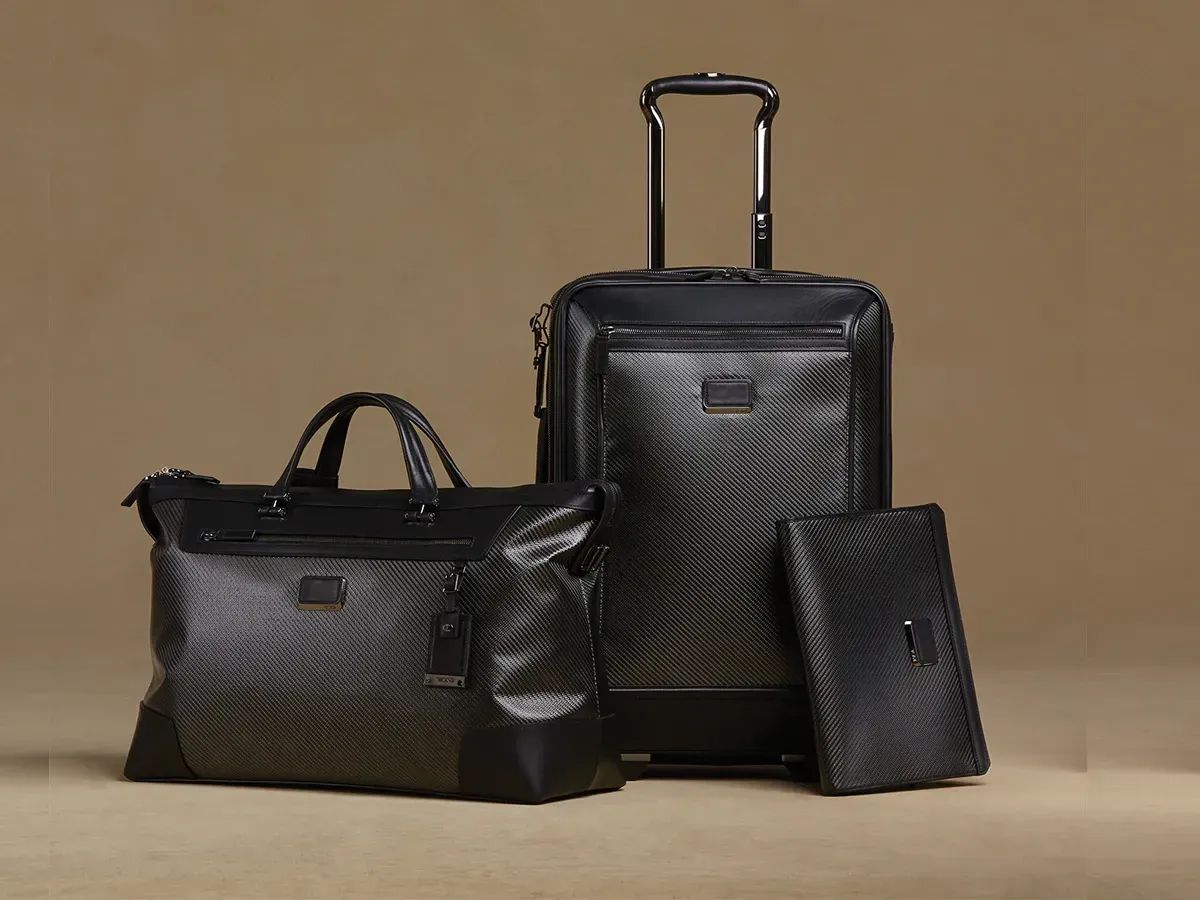Pure Thought
Written by

In the first of a new series of audio interviews with global business thinkers, Ande Schurr talks to New York designer Dror Benshetrit who reveals how to use emotion and naivety to solve complex problems.
* * *
During the past four years on The Big Idea, I have documented business lessons for New Zealand freelancers, from my own learnings and standout people in the film and advertising industry, where I work as a location sound recordist.
It is time to think bigger. In 2015 I am seeking to learn lessons from leaders in all industries from all parts of the world.
I believe what freelancers need are examples from wildly successful individuals who have cracked the code of doing great business with integrity.
So to kick it off I've interviewed Dror Benshetrit, via skype from New York, who tells us about thinking differently by using our imagination to help solve our client's problems. It’s a method he calls ‘Pure Thought’ and it comes before critical thinking and research.
If it takes a village to raise a child then it takes the village of the world to raise a well-rounded business person.
I feel that in order to become the best, we need to discover a range of great practices across different cultures and industries so the examples can hit us from different angles and leave us with no doubt as to how we might apply the lessons in our own lives.
The number of self-employed are at an all-time low. After WWII 25 percent of the American population were self-employed, now, according to CareerBuilder and EMSI, it is barely 6 percent as workers prefer the security of salaries. As for New Zealand, the numbers are only scraping double digits - since 2000 they have been steadily falling according to Stats NZ, and by 2005 more small businesses closed than were opened.
Talent and ability plays a crucial role, that is undeniable. But still it is not enough to guarantee success. Remember ’the starving artist’ concept named after financially-strapped creatives in the romantic era of the 18th and 19th centuries? Something was missing in their equation. Perhaps it was that they were too selfish to put in the hard work of networking.
I stumbled across Dror Benshetrit’s website while researching who I might interview for this first article of the year and almost forgot to breathe as a myriad of exotic designs - islands, mansions, products and structural innovations - flashed at me in rapid succession. Then I read every interview I could find about him. He knew something, and I was going to discover it.
From a nobody, this Israeli born, Netherlands trained, New York based designer, Dror Benshetrit, became an international player in the design world at a mere 37 years.
With a core staff of ten, Studio Dror has been an example to many of how to think correctly about living with integrity, using imagination and solving client’s problems. Of most interest to me was his understanding of when to be naive - to feel and delay rationality so he might explore his own personal thoughts before letting research and knowledge limit the outcome prematurely.
His interdisciplinary approach to design has enabled him to collaborate closely with architects, engineers and materials experts to solve fascinating problems ranging from what to do with one billion cubic meters of soil from a proposed new canal through Istanbul, project name HavvAda Island, to designing a series of 11 expandable luxury travel bags for American luggage company Tumi.
Dror knows a few things about networking too - arriving in his early 20s in sleepless New York, determined to keep his integrity, he had to work extra hard to find the projects that mattered to him.
Here's one of his projects......
HavvAda Island from Dror on Vimeo.
Here's some edited highlights of our chat.
As a young kid [in Tel Aviv] I made and sold jewellery and then started printing t-shirts and then did window decoration and charged for that.
Later, I was working in hospitality and a customer poured their drink down my back and I just felt this weight on me. I remember very clearly the moment and I said to myself, this is it, I will never, ever, work for anybody else but myself.
As an artist I believe in self-expression and I think that with self-expression the most important thing is to stay away from a solid form of an organisation. If I want to keep my integrity as an artist, keep my brain thinking freely, I need to be free and I need to be independent and I need to have the ability to choose whether I accept certain projects or not and not be given certain things and say well, here this is it, you gotta work on that.
It’s always been our approach here in the office that we only accept the things that we’re absolutely passionate about, absolutely love. We don’t accept things just because they pay really well - we don’t do that. And this is something that obviously I encourage every, every creative person to do. If you really value your integrity then, then stick to what you’re absolutely passion about.
People say, “well I have to pay the bills”. But I always think that you know, there is always a way to pay the bills with seeking the things that you can really make a big difference with. And things that you make the big difference with are the things that you love.
Sometimes it’s a perception thing. Because I think when I went to design school, the first thing I said was “I have no interest in designing a remote control”. But that was a really bad judgement on my part because I couldn’t find that challenge to be creative. But then actually later on I did design a remote control and I actually found a really interesting way to make that challenge interesting and creative. So again it’s very often a perception, and a perspective point where you might think that it’s a terrible challenge and I don’t want to take it, but actually, wait a second, we could actually make it very creative and exciting if we look at that challenge differently.
Obviously you’re talking about Design Academy Eindhoven, that you went to in the Netherlands. And that itself is a fascinating place, because it’s an inter-disciplinary art school with architecture, product design, industrial design and such. You went there to major in painting. What was it that opened your eyes to the global approach that you now see design as?
If I look back and think what is the main thing that I learned in school? It was to discover myself - to really discover what is it that I’m passionate the most about.
I think one huge problem in our world today is that we’re all exposed to so much. Which is great but we realise that we love a lot of different things and we want to do a lot of different things. And then we’ve gotta chose right? Do you want to be a specialist? Do you want to really dive into something and be very specific and commit to it? Or do you want to be a generalist? And the generalist, which I consider myself, is a very slippery slope. Because you can be mediocre at a lot of different things, or you can really understand yourself and be very particular at a lot of different things. I like to call myself a specialist of my own.
I want to do things in my very particular way, and sometimes it has to do with water and sometimes it’s wood and sometimes glass, sometimes porcelain and other times it’s something else.
So you know, that’s what I feel like I learned in school. Two things - to find the knowledge when I need it and to discover who I am.
It’s very interesting what you’re saying about keeping your integrity. Can you help me understand more about following the passion?
There’s a Chinese saying that I’m probably not going to quote well - it goes something like, nobody that wakes up before dawn and goes to sleep after sunset fails to bring food for his family. Or something like that. Which means you roll up you sleeves and work harder and you try harder and you think harder and you knock on more doors.
When I came to New York I literally slept a couple of hours a night because I felt like, what do I need to do? I need to email more people, I need to try to schedule more meetings, I need to knock on more doors.
Then obviously you become busy with something and then you’re still, when time allows, knocking on doors and then eventually, you know, you’re busy with a lot of stuff and people knock on your door. That’s just how it evolves.
There’s another thing that I strongly believe in and I think Picasso said it, that we’re all extremely talented, there’s just some people that have chosen to spend 100% of their time practicing.
I know so many artists and many freelancers that are busy with doubts. You know, how am I going to do it? Will I succeed? Should I, should I not? Should I call my company that name or this name or that name?
And you know, again, it might sound cliché, it might sound like a Nike ad, but you just kind of have to do it. Just go for it, just give it a chance.
Instead of spending all this time wondering and doubting, send another email, ask another friend, share your passion with more people.
What is your thinking process when you’re alone and trying to solve a problem?
You are catching me a couple of days after a relaxing vacation which always does very good things for me. I’m more in myself, more balanced and this is the time that I find that I’m the most creative.
When I’m very stressed and there’s a lot of noise and distraction, it’s very hard to come up with new ideas because you’re trying to force them. You’re like “oh my God, I don’t have time, I only have one hour and I have this project, I need a new idea like now”.
It’s like pointing a gun at somebody’s head and saying “design me something!” It just doesn’t work like that.
If I’m in the office I just find the will to completely switch out and turn in and just be alone. Even if there’s people moving around and phone calls and stuff like that.
It’s learning to make this kind of artificial isolation if you cannot have physical isolation. The thinking process is always very hard to describe. I can tell you that most of the time I don’t think about my clients. You know, I don’t think about the company, I don’t think about the financial aspect, the economy of it, or the technicality or the pragmatic things. I try to be very detached from all of that and almost a little childish. You know like, what if we’re gonna make it out of a cloud? Then you’re like, oh my God, but you can’t sit on a cloud!
I actually feel that it’s the amount of time you let yourself be in this childish zone of not thinking or reality, not falling into what is pragmatic that has resulted in the best ideas.
It’s like “oh my God, no, it needs to have four legs”. It doesn’t, it doesn’t for a second. Hold on. Nobody’s falling, nobody’s breaking his back. It’s just in your imagination.
When you are really detached from knowledge, detached from the pragmatic side of things and trying to put yourself as the customer, as the end user, it’s like, what is it that I want?
With the Tumi collection of travel bags I designed, it was exactly like that - what do I want? What bag do I want to travel with? What kind of suitcase will I actually enjoy the most? Do I represent the average customer of Tumi? I don’t care. I want a great bag for myself.
Let’s think about children’s toys.
So yes, I can think about my daughter right now, because I have a daughter and I can imagine myself, but again it’s much easier for me to go into my childhood and say, well when I was 5 I liked to do this and that’s what I cared about and that was the most fascinating thing. So let’s think about it like that.
Or the elderly market. I mean, to your own ability you can imagine yourself there. I’m not saying that oh you need to go and meet with elderly people and ask them because you can’t imagine what it’s like having a cane. Of course, but, at the very beginning, at the get go, put yourself there. Imagine yourself in that scenario.
This is why very often people jump into doing research and getting a lot of knowledge and interviewing a lot of people but I think that this reduces the ability to think.
I can always open up a browser and start reading and researching but to collect my pure thoughts beforehand - that is more valuable.
I think it relates to everything - a storyboard for a film or commercial. Even with painters - maybe they want to paint something in red so they go online and search for all the stuff that shows up in red. That’s great but wait a second, let your brain settle into some place so you can validate a bit and then progress from there and move another step and another step and another.
It’s very interesting what you say about gathering your pure thoughts first. You’re saying it’s all a matter of priority; of what comes first?
Absolutely. You know, the knowledge is around, you know what I mean? I will, once I have something that is a little bit mature in my brain, go to the structure engineer and ask him what he thinks. I don’t yet need to worry about is it going to fall, is it going to collapse. It’s just about delaying it slightly. Knowledge is extremely important and the specialist that we are working with and collaborating with - I can’t even describe the value that they bring to the project. They’re making the project better and smarter and bringing it to life. But what I’m bringing is something more emotional.

